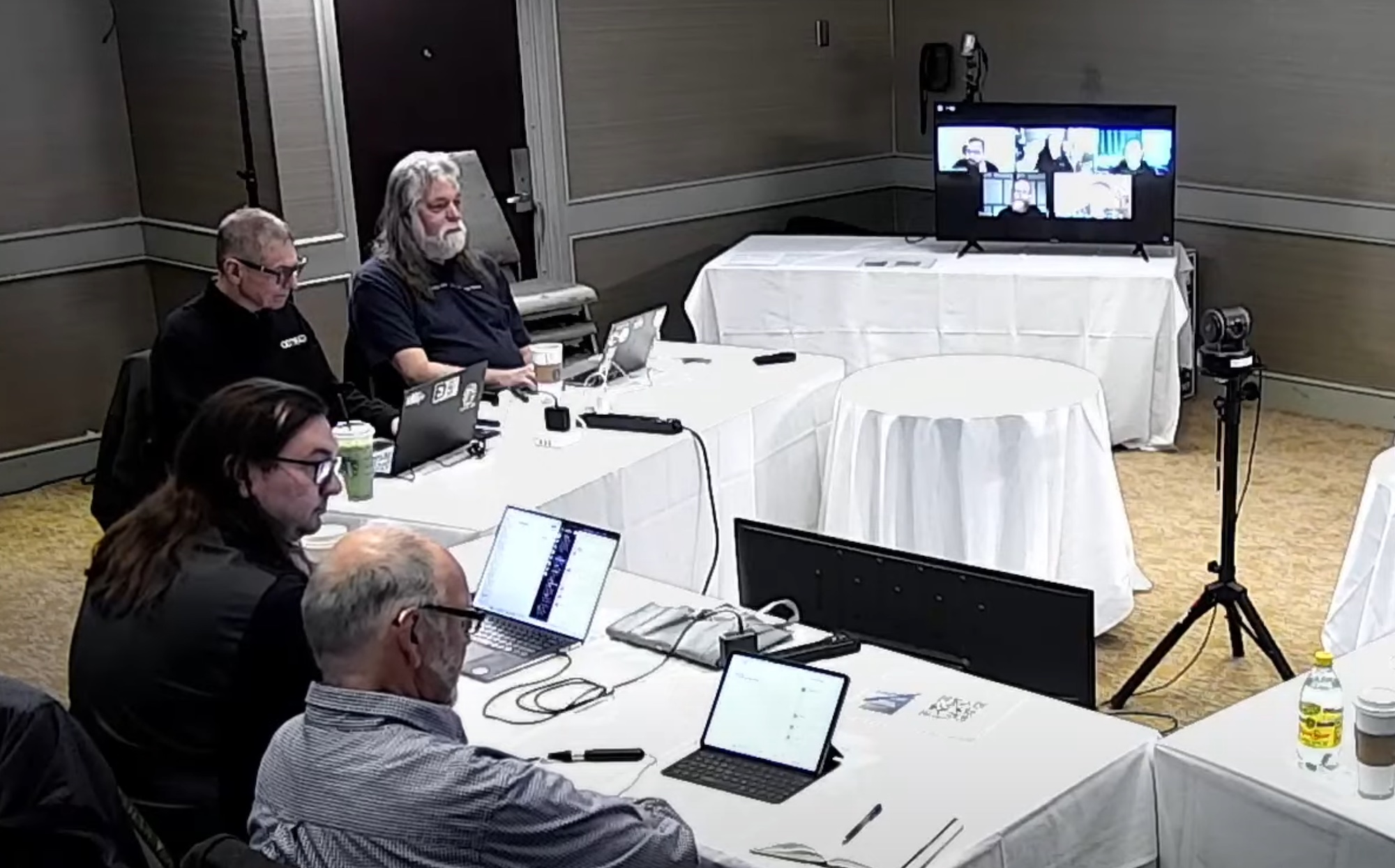Folks,
After re-reading yesterday’s posting, I had one of those “well DUH” moments. It seems obvious now, but it hit me like a ton of bricks. Block Storage Virtualization (BSV) is creating a sea change for how people are going to buy their storage.
Once we are in a virtual world, then we no longer need “intelligent storage”. All we really want is cheap storage, the intelligence will be elsewhere (i.e. in the virtualization engine). Of course, this is the reason that so many vendors (NetApp and HDS spring directly to mind) have put virtualization right into their array. They are really just trying to hold back the tide.
But it really is holding back the tide. Why would I want to commit to a vendor like HDS as my front end virtualization engine? Why wouldn’t I want a completely independent engine? Well, at least one reason springs to mind. It might be easier to get there from here. What I mean by that is if I have an existing vendor’s product already in house, have processes built around it, have people trained, etc. then it makes some sense to be able to leverage all of that knowledge and all those processes. However, if I’m not a NetApp or HDS shop, then why would I bring them in just to virtualize my existing storage? It’s no easier from a training/process perspective to do that than to go with something that’s a pure virtualization play like SVC, Invista, or Yadda Yadda.
The difficulties involved in virtualizing your existing storage/application are something you should seriously consider. Picking a virtualization engine that will allow you to “encapsulate” your existing LUNs, for example, might make the process of rolling out the virtualization engine a lot less painful for your users than allocating all net new storage that’s been “virtualized” and then copying your data to the new “virtualized” LUNs.
So what does all this lead to? I suspect that what we will see from the storage vendors are more “dumb” array products and increased sales of arrays like EMC’s CLARiiON AX lines of storage. Why pay for all of that expensive smarts in something like a Symmetrix when all you really need is something that can serve up LUNs that perform well. So the sea change I predict is coming is not the complete demise of the storage “big iron”, no, it’s more like they will go the way of the mainframe. There will still be a business there, it just won’t be as big a business as it once was. Sure, the vendors will fight against it, just like IBM did with the mainframe, but in the end I think that the results will be the same, storage “big iron” will get marginalized.
–joerg





can you provide vendor info for Yadda Yadda?
can you provide vendor info for Yadda Yadda?